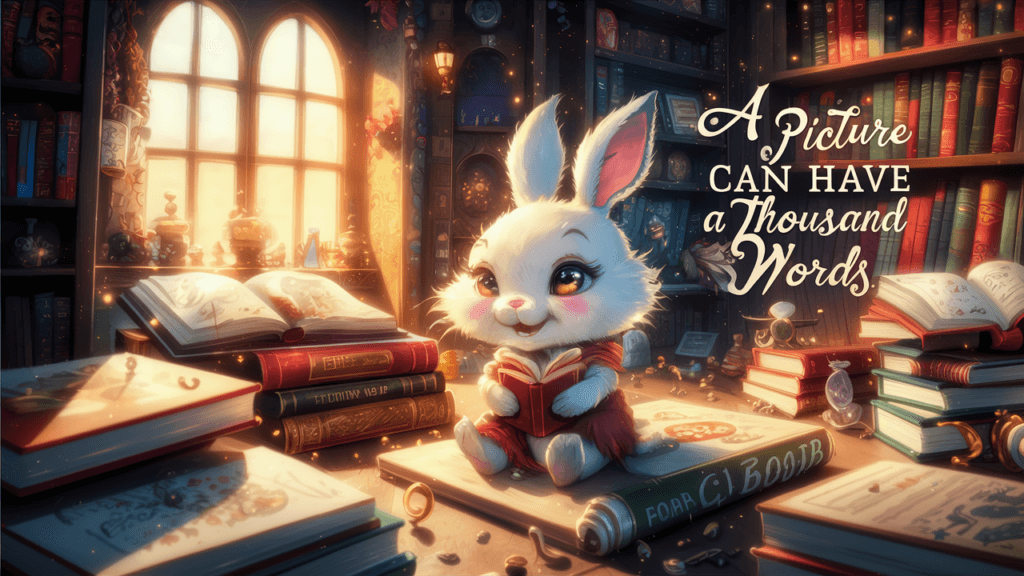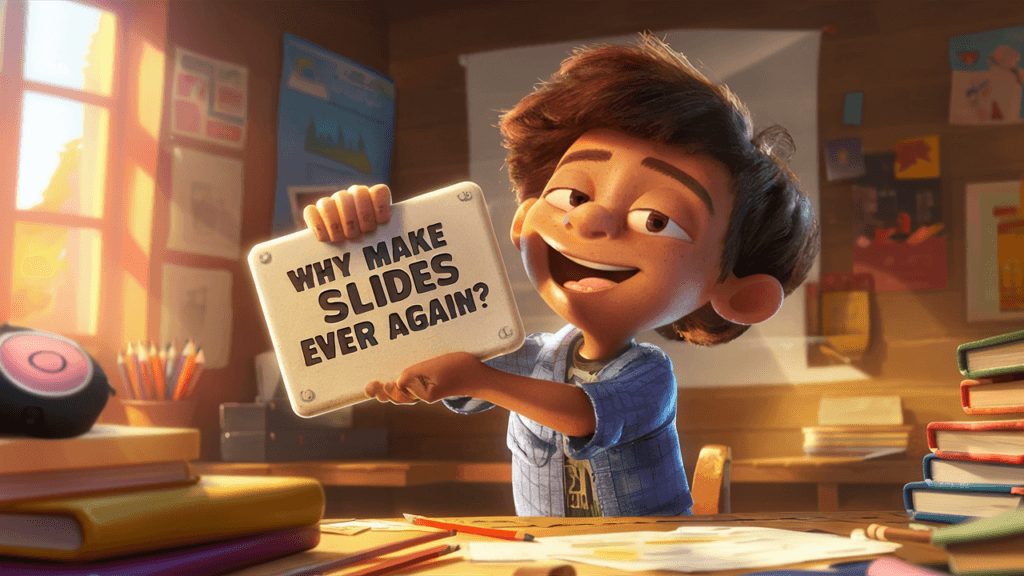
There is no culture, country, nor period of human history where creative expression hasn’t been central. It’s an intrinsic “something” that has long defined humans as humans, and (rightly or wrongly …) somehow different from all other forms of life. And yet, despite its foundational nature inside all of us, being a “creative” is often also reduced to describing someone with innate skill or studied mastery in creative disciplines such as music, painting, or sculpting.
Unfortunately, not all of us either have the time or acumen to engage deeply in creative work. This despite often engaging in tasks, whether personal or professional, where an artistic touch would help immensely. Each of the many documents, presentations, missives, notes, and posts we do in the course of our days would likely be more effective — and certainly more enjoyable to receive — if they were aesthetically interesting.
Fortunately, generative image models are bringing creativity to the “rest of us.” The distance between imagination and realization has never been closer. Of course, there is no replacement for human imagination and creativity, but tools that help pull it out from our heads and onto the screen are finally here.

Generative image models have been around for a while and have seen tremendous adoption. However, while the results feel like modern day alchemy, we’re still in the very early days of the technology, and it has its challenges. For example, image generation often is slow and clunky to control, resolution can be poor, and it’s been incredibly difficult to add correct text to the images.

The release of the latest Ideogram.ai model (1.0) is a massive step forward for image models. It is developed by the same team who created Google’s Imagen and Imagen video models — Mohammad, Jonathan, William, and Chitwan are among the pioneers of diffusion models — and they’ve created a consumer-grade user experience combined with state-of-the-art model research.
Ideogram’s latest model largely solves the typography problem. It’s incredibly fast and versatile, and the pictures it generates range from high-definition anime to abstract art to photorealistic images.

The improved typography support is hard to overstate. Not only does it allow a direct addition to the image, but the text is blended into the image with perfect composition and matching style, making the expression much more pronounced.

After viewing images with naturally embedded text, it’s hard to see the hodgepodge of text, shapes, and clip art from traditional business slides in the same light.
Ideogram’s product approach is to enable the users through iteration and fine-grained control. This is evident in the capability to remix an image with tweaks, the ability to upload an image as a seed, or even guide rough sections with an editing tool.
With the unveiling of 1.0, they introduced “Magic Prompt”, a prompting assistant that will take any prompt and turn it into a far richer, more detailed one. If prompts are the brushes of the GenAI age, Prompt Magic acts as an enhancer, automatically broadening and enriching their semantic depth. This feature is designed to unlock another level of inspiration, empowering users to explore new horizons of creativity.

Another big step in the model is the realism and details of the images. For generated images to become mainstream, photorealism is required in every domain — from professional design to immersive experiences. When each pixel is rendered with lifelike accuracy, it opens up new possibilities in digital content that engages, inspires, and astonishes millions.
The range of expressiveness in Ideogram’s new model is stunning. So whether you’re creating a meme, making a presentation, designing a logo, or simply want your imagination to be realized, you can find inspirations on Ideogram’s public feed or immerse yourself in the Discord community.
We have been investors in Ideogram since their seed round, and are very excited to lead their Series A as they continue to push the boundaries of generative model research. They’re innovating on an intuitive product that acts as a printer of imagination to millions of users.
It’s common to wonder what life was like before the photograph; the total lack of record for anything. Going forward, people will wonder the same for our imaginations. How could we have lived without being able to take a snapshot of what was in our mind — to realize it, share it, and keep it. What an amazing time to be alive!










